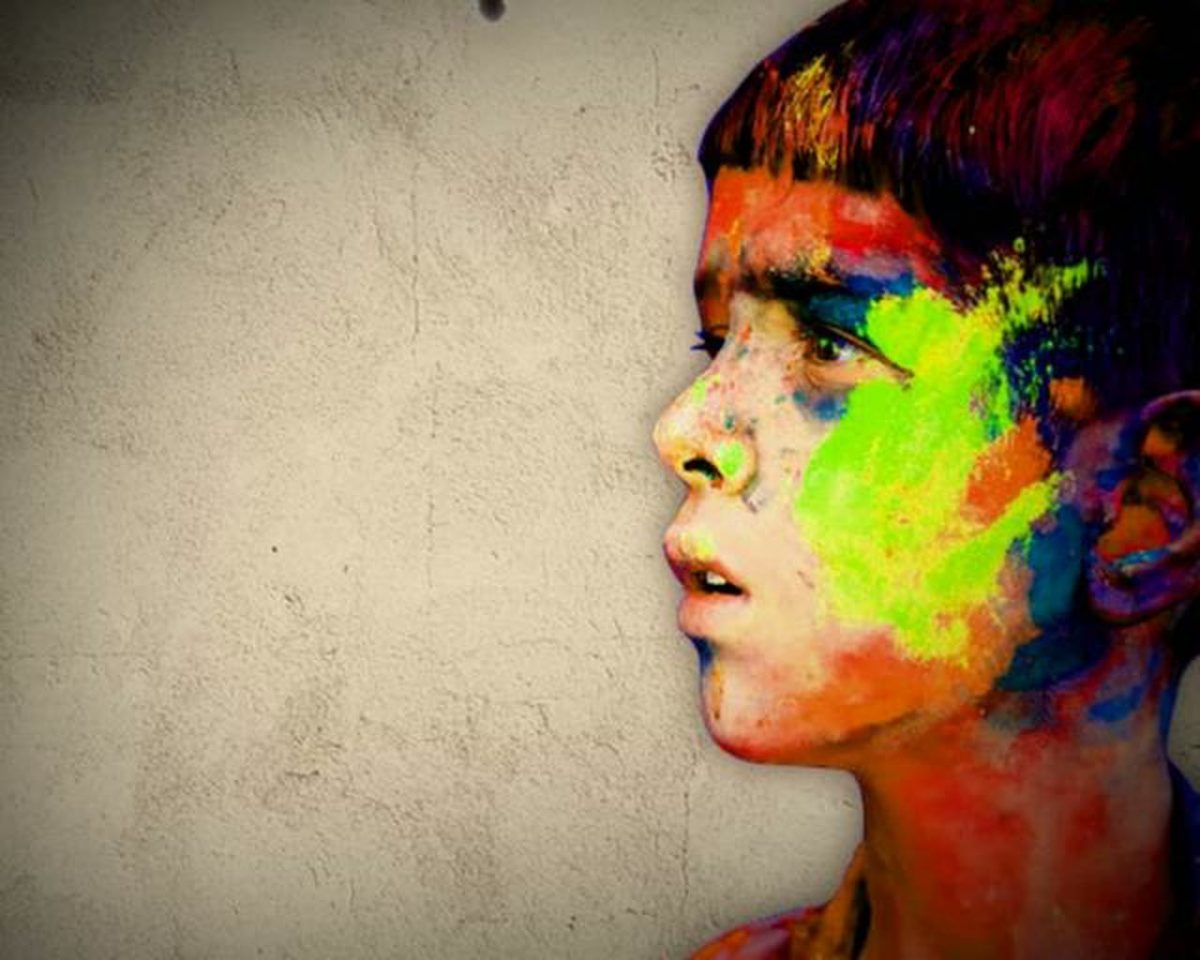Today one group discussed the need for bilingual schools, but then the question was what would the second language be? We talked about how/who decides who belongs to the “dominant” culture? Why do we teach a whitewashed history to anyone… let alone to a diverse group of students? Our group asked, how do we close the racial, social, and community gaps?
Our conversations today reminded me of the Ebonics debate that began in Oakland, California in the 1990s. Before I first learned about the Ebonics debate, one of my mentor professors taught our class about the traditional West African language, dance, art and music. He helped us gain much needed background knowledge before he introduced the lesson. This was an example of culturally responsive teaching.
The connections between Ebonics and West African language are clear. Enslaved West Africans who were violently forced to migrate to the Americas were not allowed to speak their own languages, something we have learned in this course is a common tool of oppressors. This secrecy is key to how Ebonics was shaped. While much of the vocabulary of Standard American English and Ebonics are the same, the pronunciation, hand gestures, meaning of words, common phrases, and sentence structure of Ebonics is very different than Standard American English and instead shares similarities to languages spoken in Nigeria and Ghana (& others). When the Oakland School district acknowledged these differences and put in place a curriculum intended to “close the gap” and teach students Standard American English many people were extremely angry about it. For a quick history check out: The Linguistic Society of America.
Scholar Mary Ann Johnson writes about the ways in which schools shame children for speaking Ebonics even though it is language of their own families and neighborhoods. She writes that,”As a result, African American Ebonics speakers feel degraded and inadequate.” Culturally responsive teaching means doing everything we can to uplift students rather than shame them. The Ebonics debate, in many ways is still a debate. Some ask, why should we force students to speak Standard American English to begin with? How do we teach teachers to educate students in Standard American English without degrading Ebonics or the families who speak it? Do we take away from Black culture when we push students to speak Standard American English in schools? Like many great debates, there is not one clear answer… but if we could move past simply acknowledging a language towards truly understanding its roots, valuing, appreciating, and speaking it… how would our education system change?


